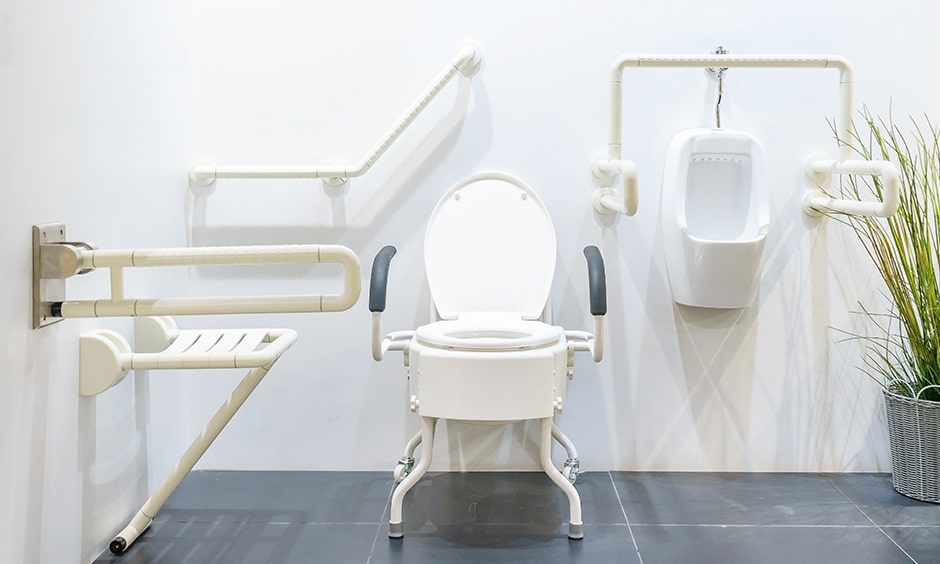Aging in place is a priority for many seniors, allowing them to maintain independence while staying in their familiar environment. However, ensuring that their homes are safe and accessible is crucial. This is where home modifications for seniors come into play. These adjustments can significantly enhance the quality of life for older adults, providing them with the comfort and security they need.
Home modifications for seniors can be simple or extensive, depending on the individual’s needs. From installing grab bars to redesigning entire rooms, these changes aim to reduce the risk of accidents and improve mobility. In this article, we will explore various modifications that can help seniors live more independently and comfortably.

Understanding the Need for Home Modifications
As people age, their physical abilities often decline, making everyday activities more challenging. Simple tasks like climbing stairs or reaching for items on high shelves can become difficult or even dangerous. Therefore, it’s essential to adapt the home environment to meet these changing needs.
Common Challenges Faced by Seniors at Home
- Mobility issues, such as difficulty walking or climbing stairs
- Decreased balance, increasing the risk of falls
- Limited reach and strength, affecting the ability to access items
- Vision impairments that make navigation difficult
The Importance of a Safe Living Environment
Creating a safe living environment is crucial for seniors to maintain their independence and avoid injuries. According to the Centers for Disease Control and Prevention (CDC), falls are the leading cause of injury among older adults. By making strategic home modifications, many of these accidents can be prevented.
Essential Home Modifications for Seniors
There are numerous ways to adapt a home to meet the needs of seniors. Some modifications are relatively simple, while others may require more extensive renovations. Here are some key areas to consider:
1. Bathroom Safety
Bathrooms are one of the most hazardous areas for seniors. Wet and slippery surfaces increase the risk of falls. To improve safety, consider the following modifications:
- Install grab bars near the toilet and in the shower or bathtub
- Use non-slip mats in the shower and on the floor
- Replace the bathtub with a walk-in shower
- Ensure adequate lighting
2. Staircase Modifications
Stairs can be a significant obstacle for seniors with mobility issues. To make them safer:
- Install handrails on both sides of the staircase
- Ensure steps are well-lit and marked with non-slip treads
- Consider installing a stair lift for those unable to climb stairs
3. Kitchen Accessibility
In the kitchen, modifications can help seniors prepare meals safely:
- Lower countertops and cabinets for easier access
- Use lever-style handles on cabinets and faucets
- Install pull-out shelves for easier access to items
- Ensure adequate lighting
4. Bedroom Comfort
For a comfortable and safe bedroom environment:
- Ensure the bed is at a comfortable height for easy access
- Use nightlights to illuminate the path to the bathroom
- Install a bedside phone or emergency alert system
Technological Advancements in Home Modifications
Technology has opened up new possibilities for improving home safety and accessibility for seniors. Consider integrating smart home devices, such as:
- Voice-activated assistants for controlling lights and appliances
- Smart thermostats for maintaining a comfortable temperature
- Security systems to monitor the home environment
The Role of Professionals in Home Modifications
While some modifications are simple DIY projects, others may require professional assistance. Occupational therapists, architects, and contractors specializing in accessibility can provide valuable insights and services.
Consulting with an Occupational Therapist
Occupational therapists can assess the home environment and recommend modifications that meet the specific needs of seniors. They can provide guidance on how to improve accessibility and safety effectively.
Hiring a Qualified Contractor
For more extensive renovations, it may be necessary to hire a contractor experienced in ADA-compliant modifications. They can ensure that changes are made safely and efficiently.
Funding Home Modifications
The cost of home modifications can vary significantly depending on the extent of the changes. Fortunately, there are several funding options available to help cover these expenses:
- Medicare and Medicaid may cover some modifications
- Veterans may be eligible for assistance through the VA
- Local and national non-profit organizations may offer grants or low-interest loans
- Consider consulting with Sun Health Communities for more information on financial assistance.
Maintaining Independence with Home Modifications
Ultimately, the goal of home modifications is to help seniors maintain their independence while ensuring their safety and comfort. By making strategic changes to their living environment, seniors can enjoy a higher quality of life and peace of mind.
Conclusion
As the population ages, the importance of home modifications for seniors becomes increasingly evident. By addressing the specific needs of older adults, these changes can enhance safety, accessibility, and overall well-being. Whether through simple adjustments or more extensive renovations, ensuring that homes are equipped to accommodate the needs of seniors is a crucial step towards supporting their independence and quality of life.

FAQ
What are the most important home modifications for seniors?
Key modifications include installing grab bars in bathrooms, improving lighting, ensuring stair safety, and making kitchens more accessible. These changes help reduce the risk of falls and improve mobility.
How can technology assist in home modifications for seniors?
Smart home devices, such as voice-activated assistants and security systems, can enhance safety and accessibility. They allow seniors to control their environment more easily and provide peace of mind for both seniors and their families.
Are there financial resources available to assist with home modifications?
Yes, several financial resources can help cover the cost of home modifications. Medicare, Medicaid, the VA, and various non-profit organizations offer assistance through grants or low-interest loans. For more information, visit the UD Services website.
This article contains affiliate links. We may earn a commission at no extra cost to you.

